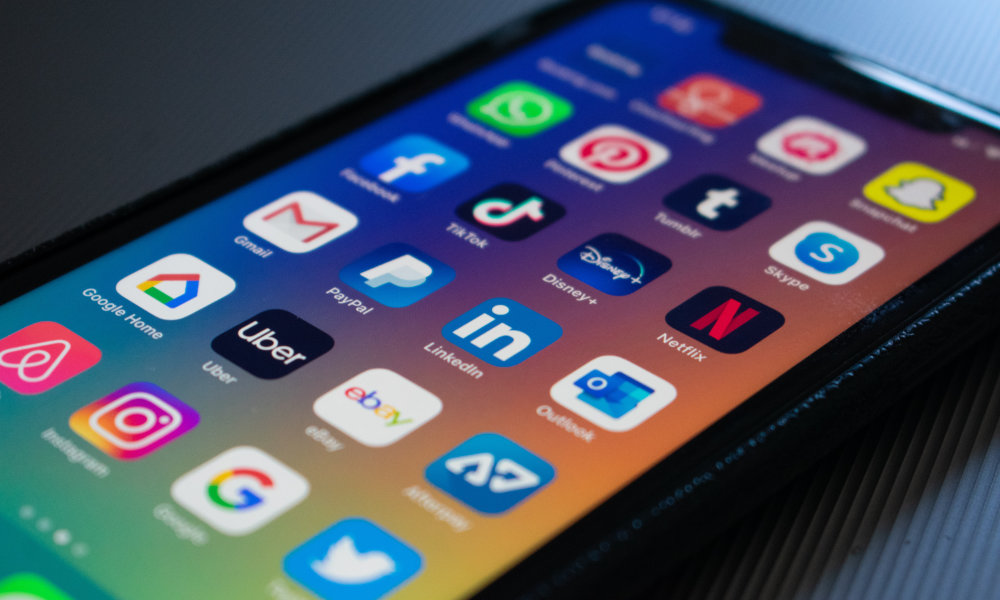Apple May Finally Let You Choose Your Own Default Web Browser, Mail, and Even Music Services
 Credit: Kon Karampelas
Credit: Kon Karampelas
Toggle Dark Mode
One of the harshest criticisms against Apple over the years has been related to its insistence on forcing users into its own first-party stock apps on the iPhone and iPad, which not only makes the experience more frustrating for users who prefer to use third-party alternatives, but also makes it difficult for developers to compete on a level playing field.
For example, tapping on an email address will always open Apple’s own Mail app, even if you don’t use it at all and have no accounts setup in it. In fact, even if you’ve deleted the stock Mail app — something that Apple has allowed users to do since iOS 10 — iOS will stubbornly insist that you reinstall it if you happen to tap on someone’s email address.
The same holds true for many of Apple’s other apps. Web links open in Safari, locations open in Apple Maps, calendar entries open in Apple’s Calendar app, and on and on it goes. Even though the App Store offers an abundance of great alternative mail and calendar apps that offer features that Apple’s own stock apps can’t match, it seems that Apple tenaciously refuses to let those apps get front-line treatment.
It’s a frustrating experience for many iOS users, who have thus far had to rely on developers building in these alternatives for linking out from their own apps, but this usually only happens for apps that are already within the same company’s ecosystem — for example, Google naturally provides options in Gmail and Google Calendar to let users to open web links from those apps in Chrome instead of Safari — or for third-party apps that are popular enough to be in high demand, such as Google Maps, which is offered as an alternative in many third-party mail and calendar apps (but of course not Apple’s own apps).
Better Late Than Never?
The good news is that it seems Apple could finally be changing this behaviour, opening up another door in the iOS walled garden to let third-party apps play on the same team as Apple’s.
According to Bloomberg’s Mark Gurman, Apple hasn’t quite made the decision yet, but it’s at least currently “discussing whether to let users choose third-party web browser and mail applications,” which would let users opt to have web links open in browsers like Chrome or Firefox and email links open in any of the other dozens of email apps on the App Store, such as Gmail, Microsoft Outlook, Airmail, or Spark, among many others.
While Apple has always claimed that its choice to default users to its own first-party apps is to preserve the user experience, that hasn’t rung true for years, especially since Apple began allowing users to remove many of the stock apps back in iOS 10. Surely, if a user has chosen to delete the Mail app, it’s not at all helpful for Apple to insist that they reinstall it every time they tap an email address.
However, Apple’s discussions here may not be entirely altruistic, as the company has been under fire by antitrust regulators for some time about the preferred treatment that its own apps get, and while it may be difficult to understand what possible anticompetitive motivation Apple could have for driving users to its own Mail and Calendar apps, since it makes basically no money from those as compared to the 30 percent cut it gets from third-party app sales, it’s hard to argue that the behaviour intrinsically puts third-party apps at a disadvantage.
Opening up the HomePod
At the same time there are areas where Apple most certainly does benefit from keeping users in its own services ecosystem, not the least of which is Apple Music, which is why it’s even more interesting that Bloomberg also reports that Apple could also open up the HomePod to offer native support for third-party music apps, including Spotify or Pandora, meaning that users would be able to ask Siri to play a song and have it pulled from their Spotify account rather than being told to sign up for Apple Music.
This aspect is a matter of much more concern for antitrust regulators, and has formed one basis for an antitrust complaint that Spotify has filed against Apple in Europe. Similarly, a recent set of recommendations by the Canadian Broadcast and Telecommunications Legislative Review Panel specifically called out Apple’s HomePod as an example of devices that “prefer their own affiliate media content services,” noting that it stifles “discoverability” of content by letting Apple act as the sole gatekeeper for media, news, and other audio and audiovisual content.
As Bloomberg notes, opening up the HomePod to other music services could also help improve Apple’s market share for the smart speaker, which thus far has remained a niche product that’s of general appeal only to those heavily invested in the Apple ecosystem. While Apple’s $300 speaker is unlikely to outsell the Amazon Echo and Google Home lineups, which offer speakers at prices as low as $50, it still has a lot of ground it can gain against its similarly-priced rivals, both in the form of higher-end Amazon and Google offerings, as well as premium companies like Sonos.
At this point, sources say that Apple’s plans are still mostly in the “discussion or early development” states, and no final decisions have yet been made, however if Apple does go forward with these plans, they would likely arrive in the iOS 14 updates for the iPhone, iPad, and HomePod later this year, and we might even possibly hear an announcement of Apple’s new plans in June at its Worldwide Developers Conference.
[The information provided in this article has NOT been confirmed by Apple and may be speculation. Provided details may not be factual. Take all rumors, tech or otherwise, with a grain of salt.]






